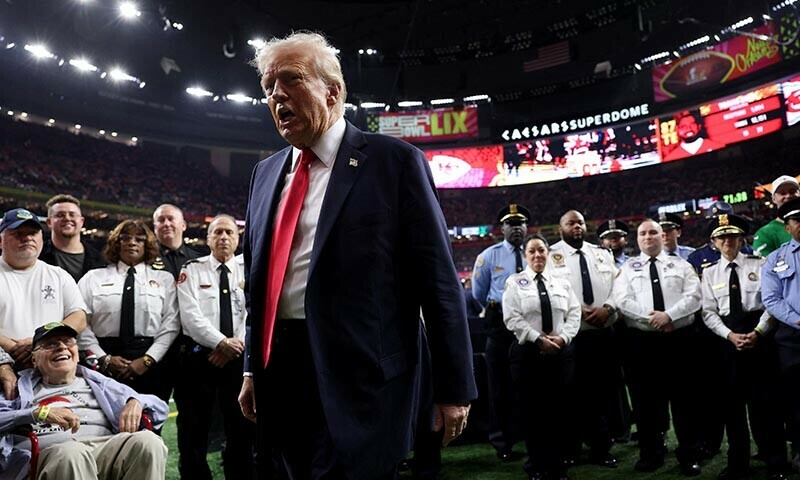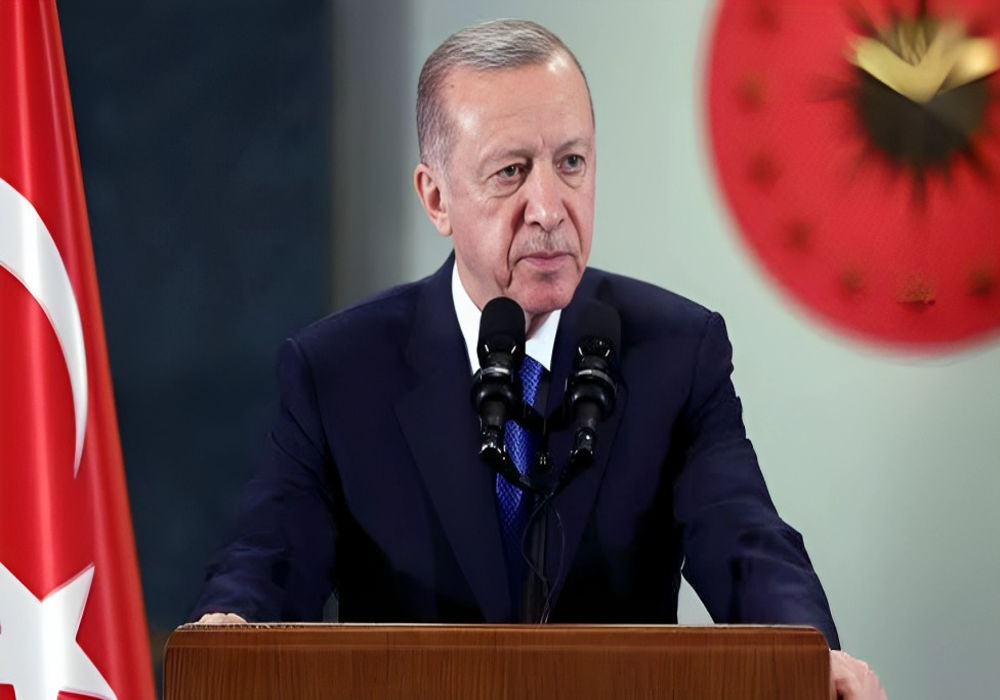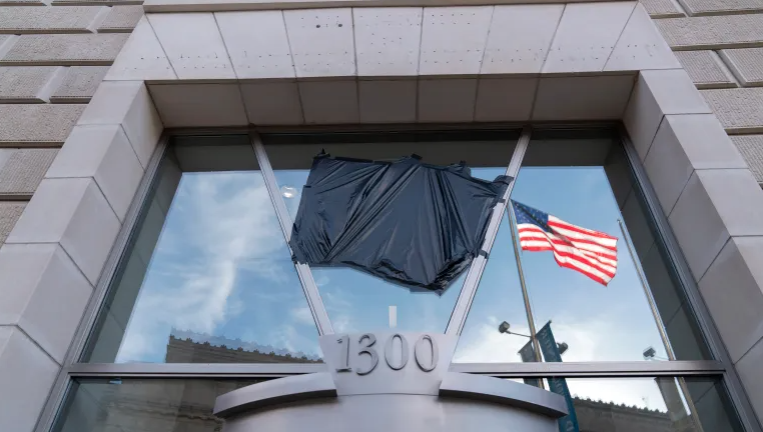WORLD NEWS

Washington D.C.: President Donald Trump announced on Sunday that the United States will impose 25% tariffs on steel and aluminium imports, marking a renewed push to protect domestic industries.
Speaking aboard Air Force One, Trump stated that the tariffs would apply to "any steel coming into the United States," including aluminium. He is set to formalize the decision on Monday, with further announcements on reciprocal tariffs expected by Tuesday or Wednesday.
Impact on Trade Partners
Canada, the largest supplier of steel and aluminium to the US, is expected to be significantly impacted. Brazil, Mexico, and South Korea are also major steel exporters likely to face repercussions.
Trump previously imposed similar tariffs during his first presidency, arguing they were necessary to shield US industries from unfair competition from Asian and European countries.
Reciprocal Tariffs
In addition to tariffs on steel and aluminium, Trump announced plans for “reciprocal tariffs” to match the trade rates imposed by other countries on US goods.
"Every country will be reciprocal," Trump emphasized, suggesting a sweeping overhaul of trade relations.
China and Europe in the Crosshairs
China, a longstanding target of Trump's trade policies, faces ongoing tariffs on $525 billion worth of its goods, with Beijing retaliating with levies on $14 billion worth of US products.
The European Union is also on Trump's radar, with French President Emmanuel Macron vowing to challenge the tariffs. Macron warned that such measures could drive inflation and hurt American consumers.
Economic Implications
Experts caution that tariffs could lead to higher prices for US consumers, despite Trump's claims that the burden would be borne by foreign exporters.
Trump acknowledged potential economic "pain" from the tariffs but insisted they were necessary to achieve his broader policy goals, including reducing the US trade deficit, which reached nearly $920 billion last year.
A 'Golden Age' Promise
The president maintained that these measures are part of his vision for a "new golden age" for the United States, despite criticism from trade partners and economic experts.




